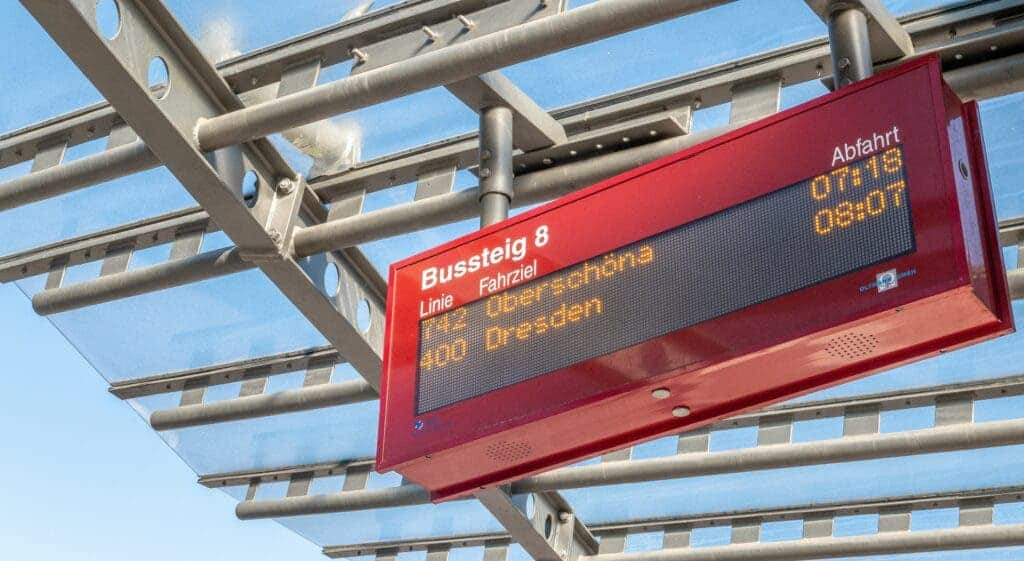Germany has an idea of how to slash its fuel usage: get people to use more public transit. How do you do that? Well, make it cheaper. For just €9 (under $10), Germans will be able to travel aboard regional rail, bus, and subways for a whole month.

The initiative, which kickstarted in June, will cut down fares by up to 90% in some cities. It’s one of the most ambitious moves in Europe to slash public fees, but it’s only meant to last this summer. However, some German policymakers hope it will stick in the long term:
“Inexpensive and climate-friendly mobility must not and will not remain a flash in the pan,” Katharina Dröge, parliamentary head of Germany’s Green party, the country’s third-largest party, said in a statement. “Buses and trains must become even more attractive in town and country.”
Germany argues that the move was motivated in part by its ambition to limit pollution and greenhouse gas emissions, but probably, a much stronger motivator is the phase-out of Russian oil imports. Germany is the largest buyer of Russian oil in Europe, and as Europe looks to finally impose tougher sanctions where it matters most — in Russia’s oil and gas exports.
Just a few days ago, European Union leaders agreed to an embargo that will “effectively cut around 90% of oil imports from Russia to the EU by the end of the year,” which will be extremely challenging for Germany in particular, but for several other countries. In fact, Germany’s decision to slash fares for public transit is just the latest and toughest decision on this front. Previously, Italy and Ireland announced plans to reduce public transit fares for the same purpose.
But it won’t be cheap. The German government will have to shore up 2.5 billion euros for the plan to reimburse transit companies for lost revenue. Critics have said the plan is way too expensive, but there are plenty of arguments in favor of the plan, including a reduction in pollution (which comes at sizeable health and financial cost), an improvement in road traffic (which saves time and improves productivity), and an improvement in the overall quality of life with fewer cars on the street.
Deutsche Bahn is also adding 50 additional trains to prepare for the expected increase in users and make sure public transit isn’t overwhelmed by an influx of new customers. Among the biggest concerns about this plan is that trains could get very crowded and people would be put off by this and switch back to cars.
But if it works, it could push forth a new model, where public transit becomes close to free, which could be an excellent way to reduce car usage for commuting and urban travels. For now, the jury is still out — we’ll see how it works after the summer.






